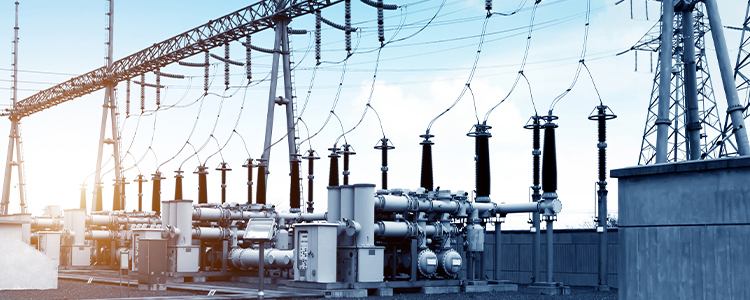- All
- Product Name
- Product Keyword
- Product Model
- Product Summary
- Product Description
- Multi Field Search


Views: 0 Author: Site Editor Publish Time: 2024-09-02 Origin: Site
Switchgear is a crucial component in the electrical distribution industry, serving as the backbone for managing and controlling electricity in various settings. Understanding its functions and applications can help businesses and professionals make informed decisions about their electrical infrastructure.
Switchgear is a broad term that encompasses a variety of electrical devices designed to control, protect, and isolate electrical equipment. These devices are typically assembled into a single unit or panel, making them easier to install and maintain. Switchgear plays a vital role in ensuring the safety and reliability of electrical systems by providing mechanisms to interrupt power flow in case of faults, manage the distribution of electricity, and protect both personnel and equipment from electrical hazards.
Switchgear is typically categorized into two main types: high-voltage and low-voltage. High-voltage switchgear operates at voltages above 1 kV and is used in power generation, transmission, and large industrial applications. Low-voltage switchgear, on the other hand, operates at voltages below 1 kV and is commonly found in residential, commercial, and small industrial settings. Each type is designed with specific components and safety features to suit its operational environment and voltage requirements.
The primary function of switchgear is to control the flow of electricity and ensure the safe operation of electrical systems. This involves several key activities, including switching, protecting, and isolating electrical circuits. Switchgear allows operators to connect or disconnect circuits from the power supply, either manually or automatically, depending on the system’s design. This capability is essential for maintenance and emergency situations, where isolating sections of the electrical network can prevent damage and ensure safety.
Protection is another critical function of switchgear. It includes safeguarding electrical equipment from overloads, short circuits, and other faults that could cause damage or hazardous situations. Modern switchgear is equipped with protective devices like circuit breakers and fuses that detect abnormal conditions and interrupt the power flow to prevent damage. These protective mechanisms are essential for maintaining the longevity and reliability of electrical systems.
Switchgear also plays a crucial role in the distribution of electricity. It manages the efficient and safe distribution of electrical power to various parts of a network, ensuring that each segment receives the appropriate voltage and current. This function is particularly important in large-scale industrial and commercial applications, where the demand for electricity can vary significantly.
Switchgear can be broadly classified into two categories: high-voltage switchgear and low-voltage switchgear. High-voltage switchgear is used in electrical systems that operate at voltages greater than 1 kV. These systems are typically found in power generation plants, transmission networks, and large industrial settings. High-voltage switchgear includes components such as circuit breakers, disconnect switches, and transformers, which are designed to handle the high electrical loads and provide protection against voltage surges and electrical faults.
Low-voltage switchgear, on the other hand, is used in applications that operate at voltages below 1 kV. It is commonly found in residential, commercial, and small industrial settings. Low-voltage switchgear includes devices such as circuit breakers, fuses, and contactors, which are used to control and protect electrical circuits within these environments. The design and functionality of low-voltage switchgear are tailored to meet the specific needs of these applications, ensuring safe and efficient operation.
There are also specialized types of switchgear designed for specific applications, such as air-insulated switchgear (AIS), gas-insulated switchgear (GIS), and vacuum switchgear. AIS is the most common type of switchgear, where the electrical contacts and interrupting medium are exposed to the atmosphere. GIS, on the other hand, uses gas as an insulating and interrupting medium, making it suitable for areas with limited space and harsh environmental conditions. Vacuum switchgear uses a vacuum as an interrupting medium and is known for its high reliability and low maintenance requirements.
Switchgear is an essential component of any electrical distribution system, providing the necessary control, protection, and isolation for safe and efficient operation. By understanding the different types of switchgear and their functions, businesses and professionals can make informed decisions about their electrical infrastructure, ensuring reliability and safety in their operations. Whether it’s high-voltage switchgear for large-scale industrial applications or low-voltage switchgear for residential and commercial use, choosing the right type of switchgear is crucial for maintaining the integrity and efficiency of any electrical system.
content is empty!